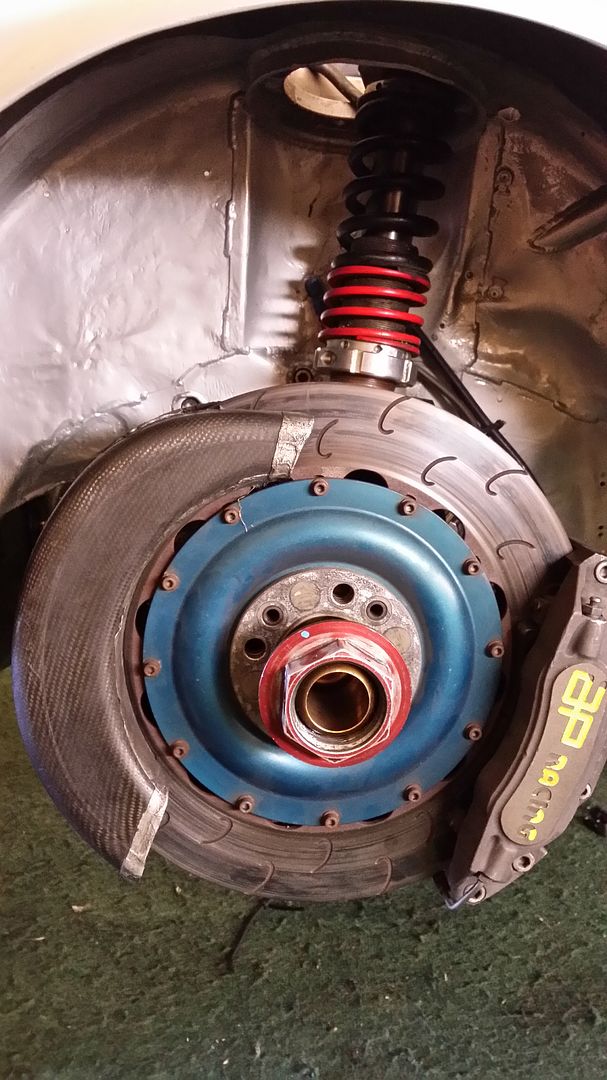mickday
Active Member
I replaced my rear discs on Saturday with parts supplied direct from MB
I noticed that both disks were exactly the same part number and as such were both the same and the internal vanes were identical. I also noted that the ones I took off were also both the same.
I have also checked the ones currently on the front and both OSF and NSF are both identical, this also seems to be the case for the new ones I have yet to fit
I would have expected that each side would be different so that the rotation of the vanes relative to the motion of the car would result in best cooling for the discs on both sides?
Seems that one side will be more effectively cooled than the other?
I noticed that both disks were exactly the same part number and as such were both the same and the internal vanes were identical. I also noted that the ones I took off were also both the same.
I have also checked the ones currently on the front and both OSF and NSF are both identical, this also seems to be the case for the new ones I have yet to fit
I would have expected that each side would be different so that the rotation of the vanes relative to the motion of the car would result in best cooling for the discs on both sides?
Seems that one side will be more effectively cooled than the other?




